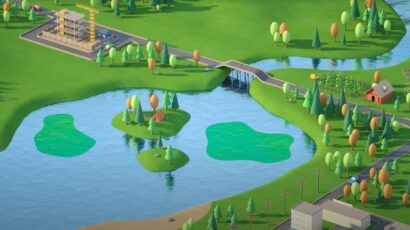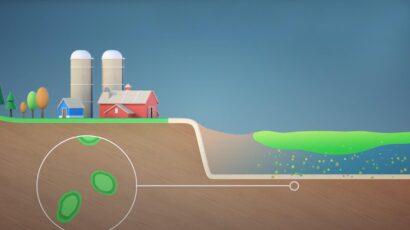Where Does Phosphorus Come From?
Most of phosphorus is delivered to Lake Champlain from the rivers that empty into it. Most phosphorus is washed off the landscape and into rivers and streams.
The amount of land in the watershed compared to the size of the lake presents a challenge in controlling phosphorus pollution. For every acre of lake surface, more than eighteen acres of land drains to the lake. By comparison, the Great Lakes have only 1.5 to 3.4 times as much land as lake surface area. That means there is a lot of human activity on the land that affects the amount of phosphorus in Lake Champlain.

Developed Land
Roads, parking lots, and lawns are the primary sources of phosphorus in developed areas. Within the developed land sector, back roads are the largest source, due primarily to erosion and sedimentation from roadside ditches. The large amounts of impervious surfaces where rain can’t soak into the ground means higher flows in streams, which cause more erosion (see Streambanks). Fertilizers used on lawns and recreation fields are a big source of phosphorus. Research shows that on a per-acre basis, developed areas contribute twice as much phosphorus as any other type of land use.
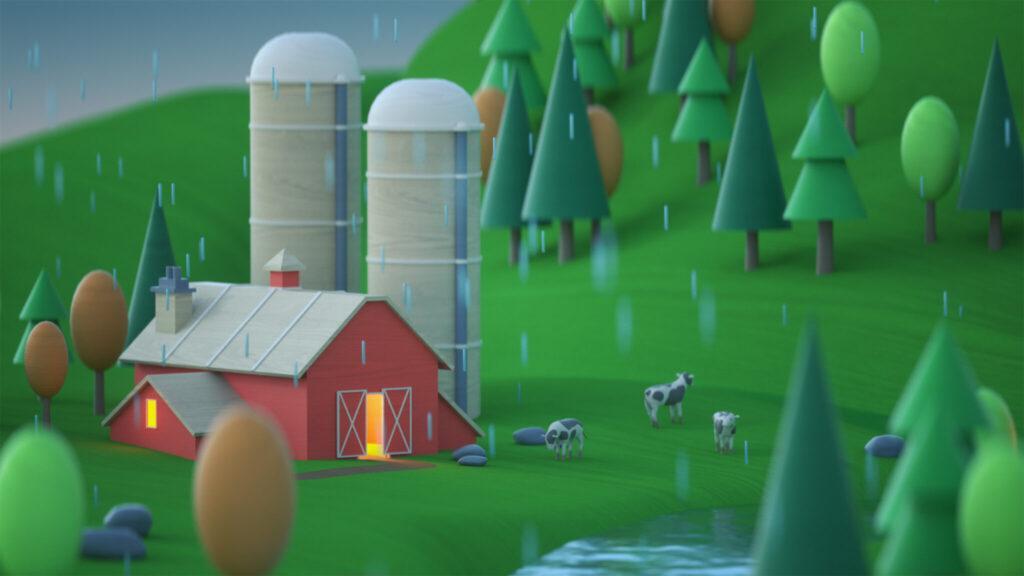
Agricultural Land
In total, agricultural land contributes the most phosphorus of any land use category. Approximately 38% of the phosphorus that enters Lake Champlain comes from farms. Manure and commercial fertilizers are the primary source of phosphorus in these areas. Within the agricultural sector, croplands are the greatest source of phosphorus, followed by pasture and farmsteads. Agriculture is a significant part of the culture and landscape of the watershed. About 18% of the land is in agriculture, and phosphorus has been added to soils for decades, in some cases.
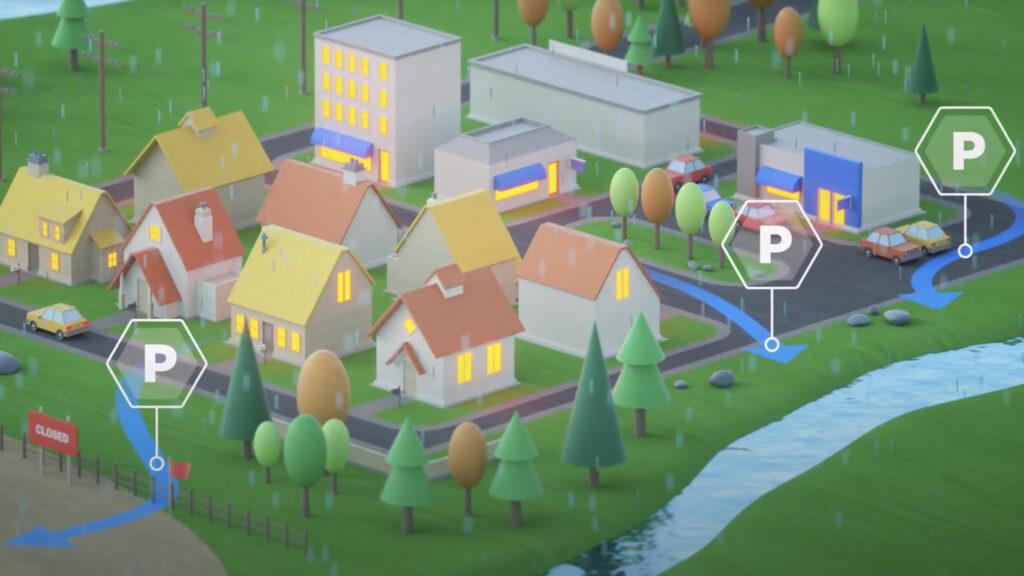
Wastewater Treatment Facilities
Facilities that treat sewage from homes and businesses contribute only about 6% of phosphorus that enters the lake. Bans on phosphorus in detergents and more stringent treatment technologies have greatly reduce the amount of the nutrient from many of these sources. Similarly, phosphorus from Combined Sewer Overflows (when stormwater overwhelms treatment plants during large storms) is a small fraction of phosphorus that enters the lake.
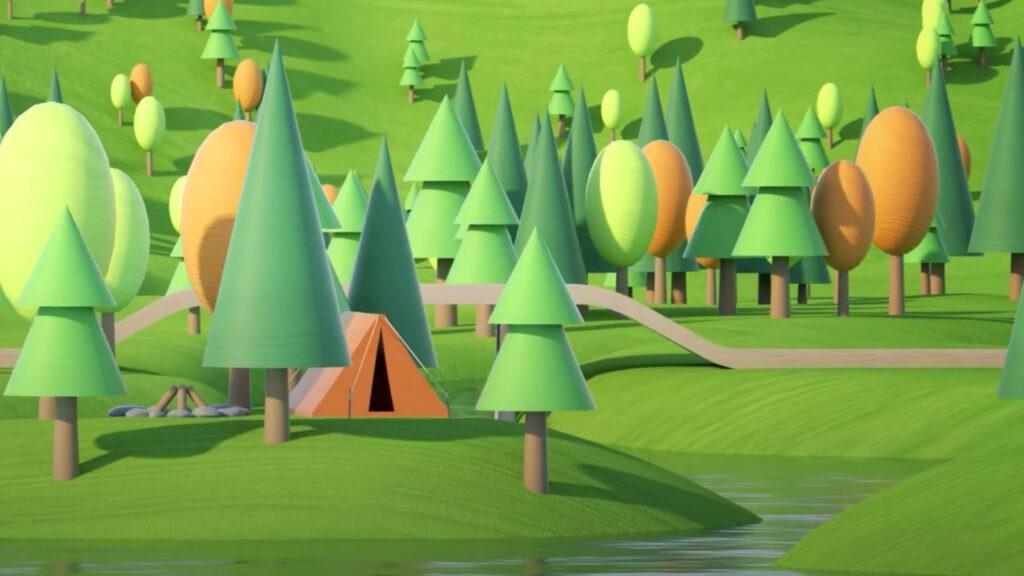
Forests and Wetlands
Phosphorus is a natural part of the environment, and so forests and wetlands contribute approximately 21% of the phosphorus that enters the lake. These areas of the landscape contribute very little on a per-acre basis. But because so much of the watershed is forested, it ends up being the second greatest total contributor with 20% of the annual load to the lake.
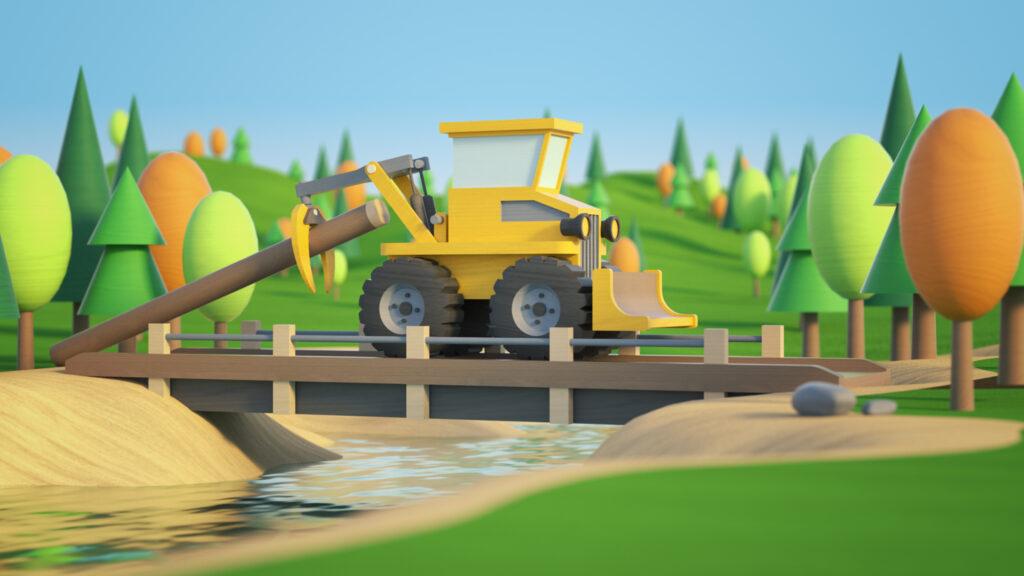
Streambanks
Erosion of streambanks contribute about 18% of the phosphorus that enters the lake. Streambanks that don’t have vegetation to anchor the soil are especially susceptible to erosion. This is often the case in areas where human activity has encroached on the stream and removed the buffering vegetation. High flows in streams in urban areas can also cause significant bank erosion.
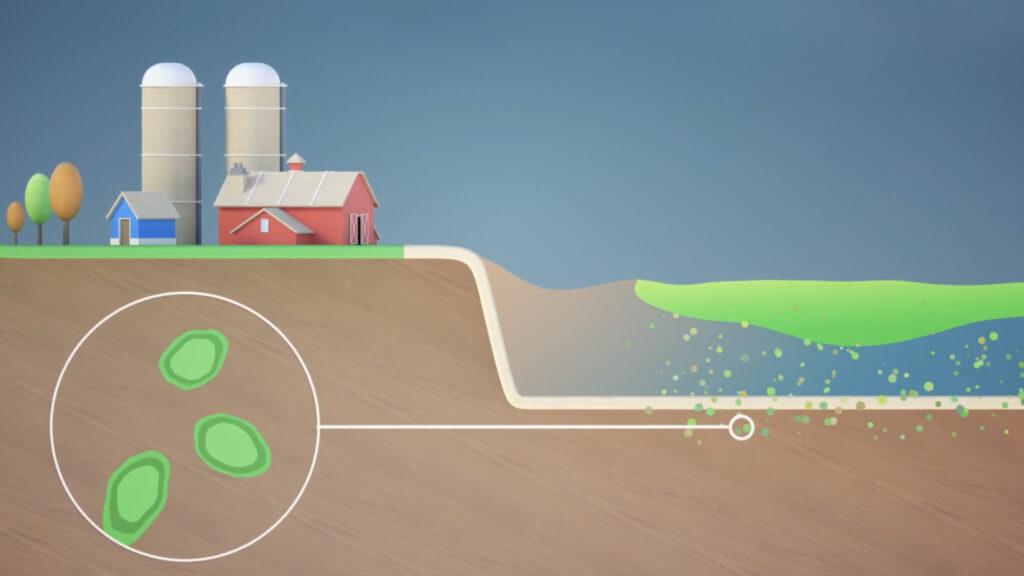
Bottom Sediments
Quite a bit of phosphorus is locked up in lake-bottom sediments that have washed off the landscape and settled to the bottom of the lake over many decades. This “legacy” phosphorus is locked up in the sediment until, when conditions are right, low oxygen levels can cause it to be released into the water. This is most common in shallow areas, where sunlight can penetrate to the lake bottom.

That’s a lot of land!
For every acre of lake surface, more than eighteen acres of land drains to the lake. By comparison, the Great Lakes have only 1.5 to 3.4 times as much land as lake surface area. That means there is a lot of human activity on the land that affects the amount of phosphorus in Lake Champlain.

